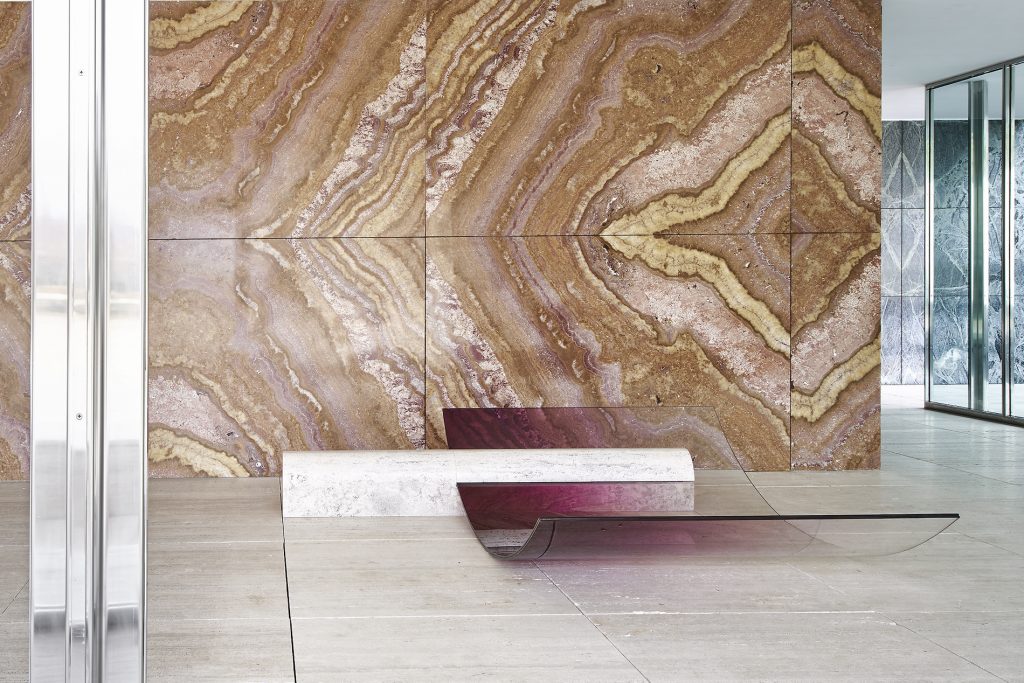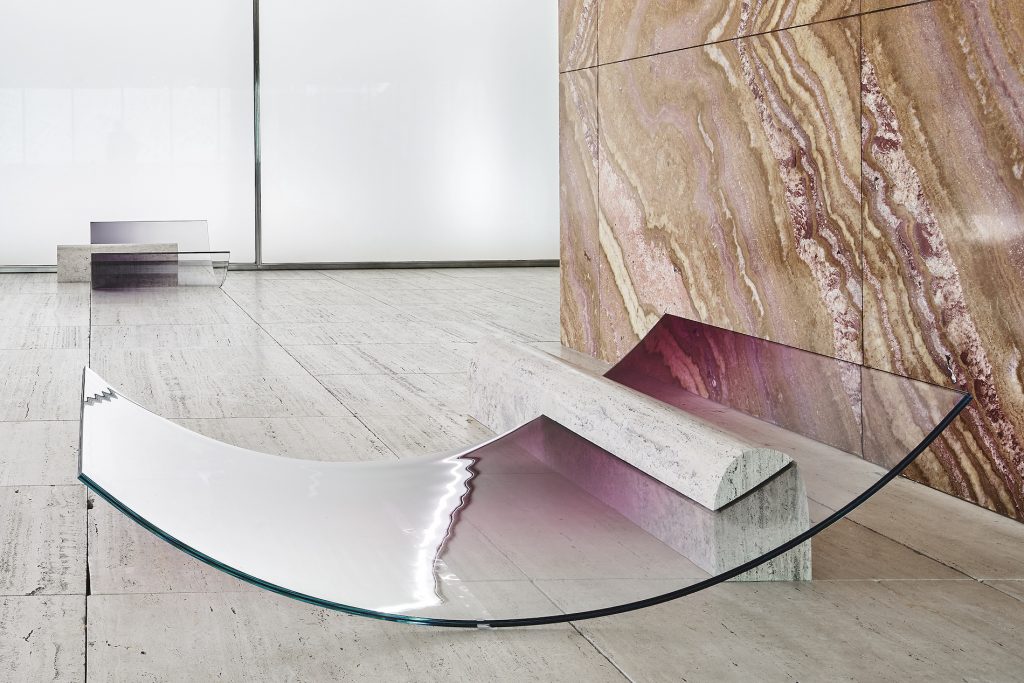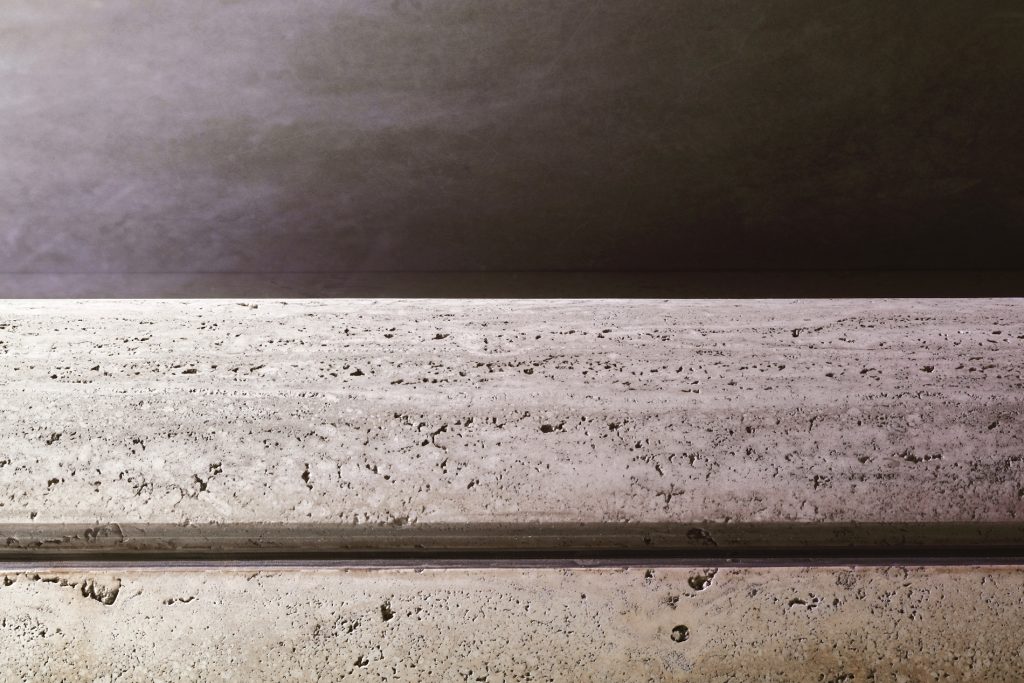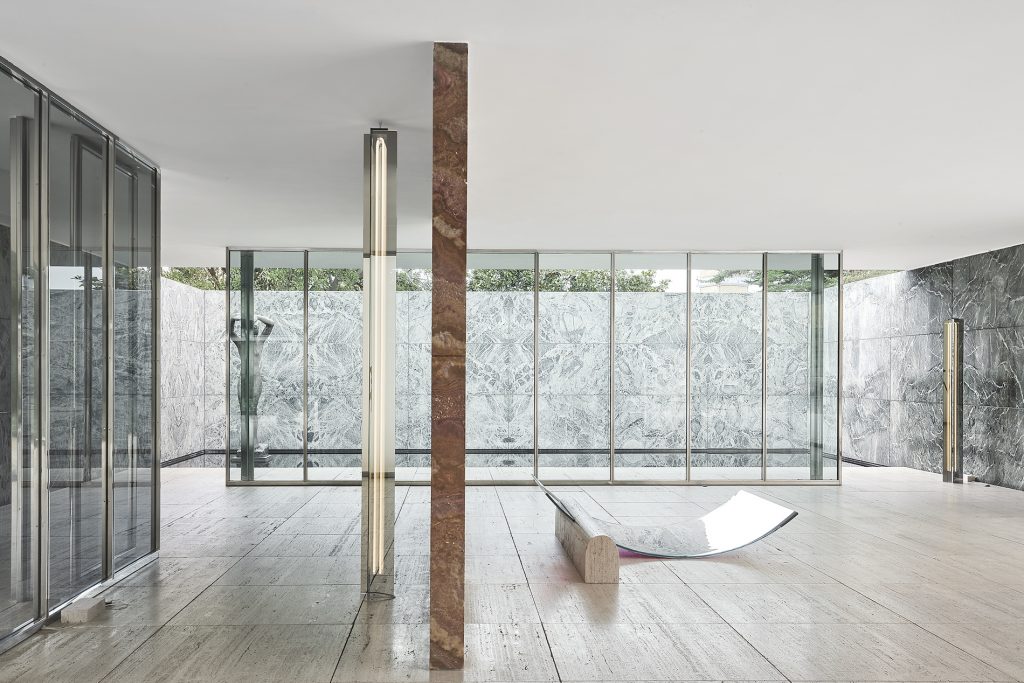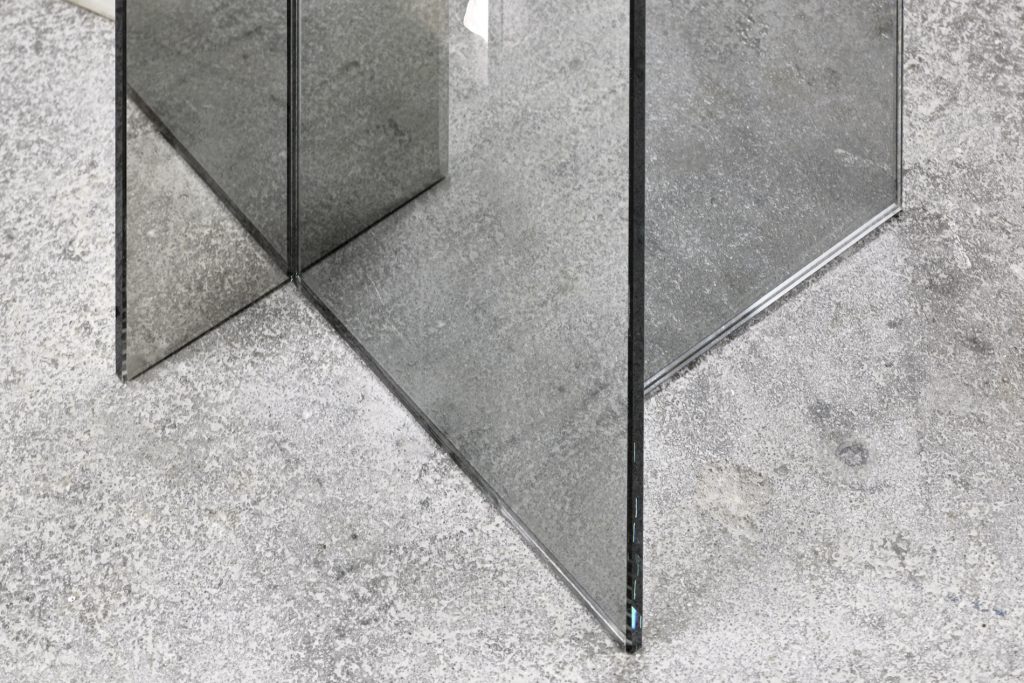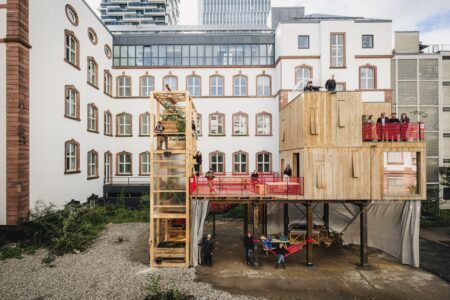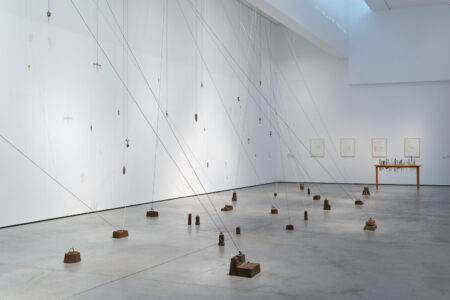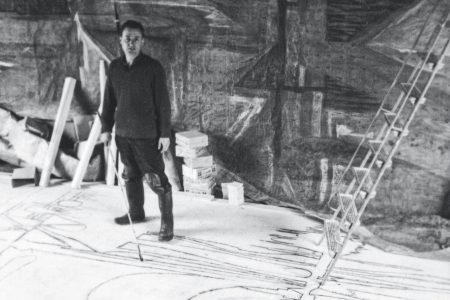
Sabine Marcelis: No Fear of Glass
Last month the Fundació Mies van der Rohe and Side Gallery presented No Fear of Glass, a site-specific intervention by the Rotterdam based designer Sabine Marcelis in the Barcelona Pavillion.
Last month the Fundació Mies van der Rohe and Side Gallery presented No Fear of Glass, a site-specific intervention by the Rotterdam based designer Sabine Marcelis in the Barcelona Pavillion. Mies van der Rohe and Lilly Reich experimented with materials to test their ideals of modernity through the rigour of their geometry, the precision of their pieces and the clarity of their assembly. Marcelis alike uses material and production experimentation to create surprising applications, perfect in form, that translate the materiality and profile of the Pavilion. TLmag talks to Marcelis to hear more about her approach and on-site, sculptural works.
TLmag: It must be as much a compliment as it must be intimidating to create work for the iconic Barcelona Pavillion. Could you take us through your initial thought and approach?
Sabine Marcelis (SB): Absolutely, it is both an honour and a challenge to create an installation in such an iconic structure. The pavilion is so pure and final, which meant that any additions needed to be extremely well-considered. At the same time, I did not want to use the pavilion merely as a random site. The works needed to blend in and be born from the pavilion. This is why I wanted to build on his heritage and create a temporary meeting of two worlds; his and mine.
TLmag: The work No Fear of Glass clearly is a reaction to Mies van der Rohe’s request ‘not to use too much glass’ in his construction. How do you see the assemblage of the two?
SB: As a designer, I wanted to explore the idea of creating functional furniture and objects which have their origins rooted in the design ideology of the pavilion. The process explored how the purity of this building informs other designs in the realm of functional objects.
The pieces are created with the same materials from the architectural planes, which means the work influences the architectural experience. However, the main aim was to use the architecture as the starting point to design the objects from: objects which become stand-alone, eye-catching contemporary designs, but at the same time should not look out of place. They should feel like they have always lived in this setting and are really extrusions and extensions of the architecture.
For example, the base of the chaise longue swells from the travertine floor and is met by a glass sheet that seems to be pulled from the onyx wall. These two materials, which are born from the architectural planes of the pavilion, meet and intersect to become a chaise longue. It is carefully ergonomically considered as well as taking its measurement and scale from the pavilion.
These two conditions mean that the objects are rather large in scale, like the proportions of the pavilion. Yet within this larger than human scale, there are design details like the curve of the neck-rest and the exact radius of the curved glass which make them functional none the less.
TLmag: You are well known for your technical research and work, trying to push materials to their limits whilst exploring aesthetics. Could you tell us about the research leading up to what is now presented in the Barcelona Pavillion?
SM: A big part of the work was the production process. To find the right partners seemed essential to actually realize the designs. The works look very simple at first sight, but there was a lot of tricky engineering involved.
The fountain has proven the biggest challenge in my design career so far. But the reward of it all coming together and working as beautiful as I had imagined makes it worth all the more. I even feel that if the production side of a design does not have significant challenges, it is not going to be an interesting project for me. The element of pushing boundaries within materiality and production capabilities is so vital to my design approach.
TLmag: Seeing the work situated in the Barcelona Pavillion, how do you relate to the work? And how do you think this will inform your future work?
SM: I am very fond of creating site-specific installations that can then have a life of their own in a different location, the fact that these designs are informed by a specific site and that they could not have been created otherwise.
I hope to create similar works in the future in other inspirational locations. To create from a blank canvas has always been difficult for me. In that case, there are just too many options. I like to restrict myself, to set a brief with a strong concept and really stick to it firmly so that all design decisions can be defended and backed up. There is a reasoning behind every aspect of the work.


